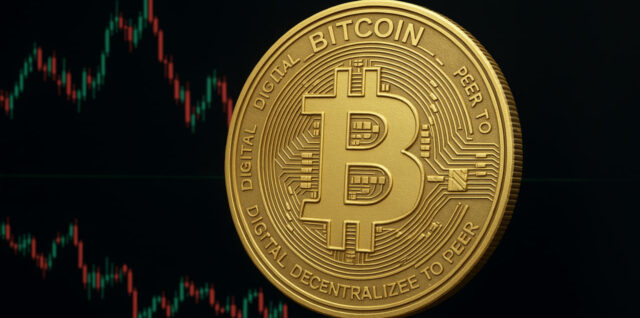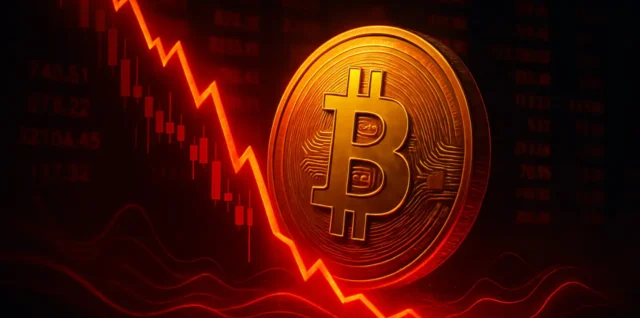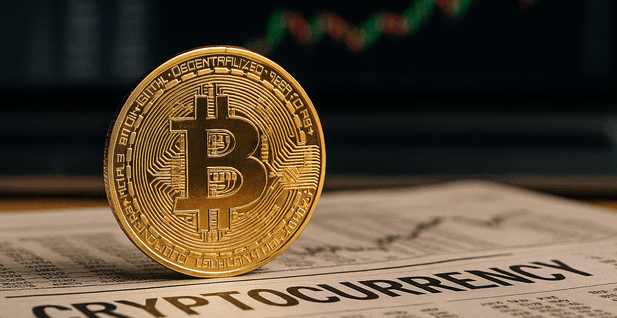
The post What the Chart Shows and What’s Driving the Volatility appeared com. Bitcoin Bitcoin is trading around $91,800, up 1% over the last 24 hours but still down 11. 3% for the week. The price action reflects a fragile recovery after several sharp intraday sell-offs, with traders showing caution across spot and derivatives markets. Market Structure Shows Waning Demand Despite the small 24-hour bounce, the broader trend remains weak. Analysts note that rallies have begun stalling due to diminishing demand, confirmed by lighter spot volume and fading momentum on the 4-day and weekly charts. Market depth has thinned, reducing the strength of buy-side liquidity needed for a sustained rebound. Short-term holders, typically the most reactive segment continue to realize losses aggressively, a classic sign of capitulation within the early stages of a downtrend. What the Chart Is Signaling Right Now TradingView chart shows: A failed attempt to reclaim $93K-$94K, followed by a drop into the $89K range before a modest recovery. The MACD remains below the zero line, with the signal and MACD lines both pointing downward a confirmation of weakening momentum. Volume spikes coincide with downward candles, highlighting sell pressure dominating bounce attempts. Bitcoin rebounded sharply after touching the $88,600 support zone, which aligns with the Active Investors’ Realized Price. At the same time, short-term holder losses surged to $523 million per day, a level typically associated with capitulation phases. The market slipped deep into oversold territory, triggering a wave of algorithmic buy programs and short liquidations, both of which helped stabilize price action. On the daily timeframe, Bitcoin remains below the short-term moving averages, suggesting the trend bias is still bearish unless BTC reclaims the $94K level with strong volume. Macro Pressure: Fed Uncertainty Hits Risk Assets The weakening structure aligns with broader macro stress. The probability of a December Federal Reserve rate cut has fallen sharply from. Continue reading What the Chart Shows and What’s Driving the Volatility→







